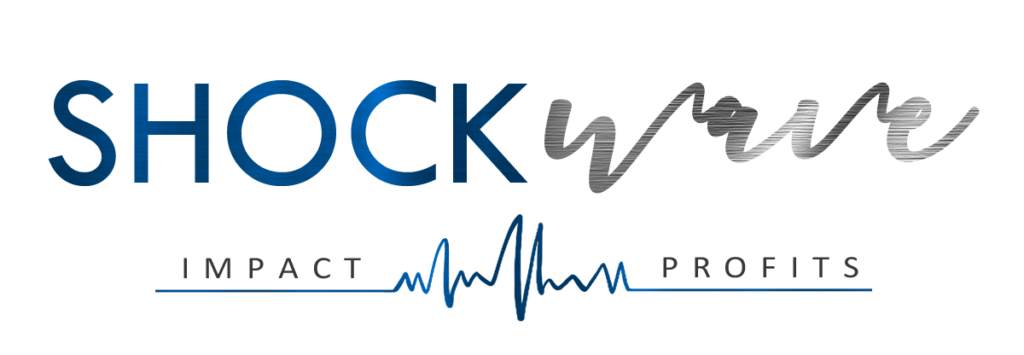Developing Effective Email Journeys

By Richard Parkin
While your one-off email campaigns may bring better results, you should never overlook the automatic email journeys you send to users. When effectively set up and used, automatic emails can keep your users engaged, bring in additional sales, and further develop your core message.
Below, I’ve broken down some of the most crucial automatic email journeys for any business – and the most common mistakes that companies make with them.
That said, depending on your email platform and integration with your eCommerce setup, some automatic journeys will be more or less usable. For instance, some platforms will be unable to target users who browse for specific products, while others may offer total flexibility here.
As with any other kind of marketing, it’s always worth split testing email variants for your journeys. Check whether certain subject lines consistently improve your open rate, see how email layout affects conversion rate – and make sure that you’re actually building on the results of your tests!

Effectively Using Abandoned Cart Emails
Abandoned Cart messages are among the most effective automatic emails, letting you reach people who were practically ready to buy, but who stopped at the last second. Typically, these users are very likely to complete their purchase when prompted by an email reminding them of their cart.
That said, there are a few common mistakes businesses make with abandoned cart emails:
- Don’t just send one abandoned cart email – it’s typically best to go for at least three, stretching the series out across several days.
- While offering a discount/special offer will usually improve conversion rates for abandoned carts, it’s not always a good idea to offer this in the first email, especially if the offer decreases your profitability. Test delaying the offer to the second email, and see how conversions and revenue are affected.
- It’s generally best not to use generic abandoned cart emails – remind your customers of exactly what they planned to buy, and you’ll see a natural improvement for conversions.
If you see an above-expected number of abandoned carts, it’s worth considering what’s causing the issue. Do customers stop checking out when they see shipping costs? Are there unexpected charges at checkout? Does your store require a login to complete purchases? By understanding the problem, you should be able to boost conversions significantly.

Profiting from Post-Purchase Emails
Sales potential doesn’t end once a visitor checks out. In fact, the emails that you send to buyers can be a surprisingly effective sales source, depending on the kind of products that you offer.
Try pushing upsells or warranties in your post-purchase series. Offering exclusive discount codes can be an extremely effective step here, giving the user a sense that they can take advantage of a unique opportunity.
You may want to segment your buyers on some level – don’t push a discounted product to someone who’s just brought that same product at full price. At the same time, segmentation allows you to push high-ticket items to those who have bought more basic products, and experiment with far more options.

Maximizing Welcome Series Impact
When you collect a customer’s email, whether from a popup on your site, subscribing to a mailing list, or any other source, you should enter them into a welcome series. This series is designed to provide early, engaging material for new users, building up their interest and eventually leading to a conversion.
The email copy in a welcome series should be exciting, engaging, and completely customized to suit your brand. Many companies miss out by creating relatively generic welcome messages, failing to emphasize unique selling points or provide users with any reason to continue reading.
Keeping users engaged through a welcome series makes them far more likely to convert in the end – you may also want to try offering a unique code/offer as part of the series to improve conversion rates further.

Contacting Product Browsers
When a user browses certain products on your website, they’re almost certainly at least a little interested in buying. While you won’t have email contact details for users browsing for the first time, your email system may be able to identify repeat browsers, letting you reach out to them.
There’s just one point to be aware of. People really do not like to sense that websites are “spying” on them. For some, the fact that a website knows what products they’re looking at may be a step too far, while most would be put off by an email saying ‘we noticed that you’ve checked this product page six times.’
Make absolutely sure that the email copy in your product browsing series is relatively neutral – you may even want to disguise the reason the email was sent.
Try a somewhat generic message promoting products (including those that the user browsed, of course), or try exclusively targeting those who’ve browsed products on a fairly regular basis.
Is it time to take your email journeys to the next level? Get in touch today for a completely free consultation covering your email performance – and far more!

